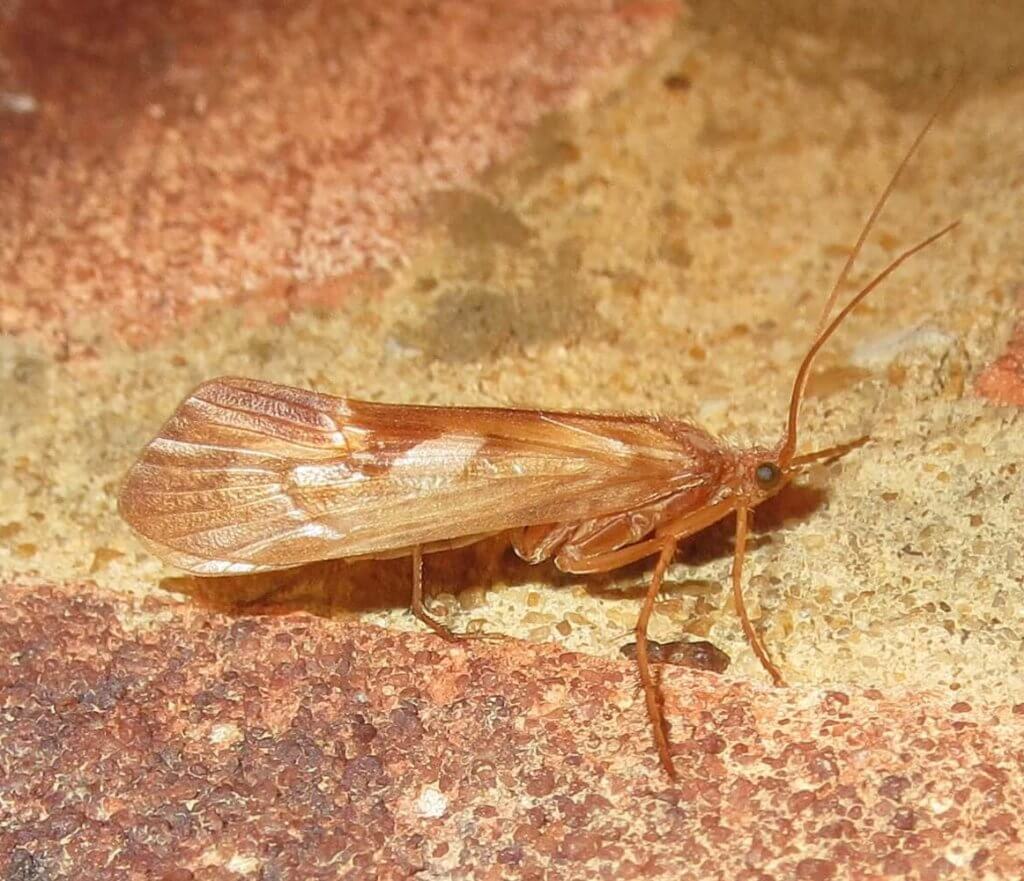Mayflies
The quintessential fly fishing icon, Montana is blessed with multiple mayfly hatches from March through November. Whether you like picking pocket water or long flat glides, Missoula has mayfly hatches for any taste. Click on the photo to find out the when and where. Then go to the guide tips to learn how people who yearly spend 150 days on the river take more fish. Whether you’re on your own in Missoula or Montana, or spending 6 days with a guide, this information will put you ahead of the average angler fly fishing in the west.
Mayfly Life Cycle

The most iconic insect in fly fishing literature, the Mayfly has three stages in its one year lifecycle- egg, nymph and adult, and are found in moving and still water. When the egg laying adult drops the eggs, they take anywhere from 1-3 weeks to hatch. Mayfly nymphs have an exoskeleton, and as they grow, they break through the smaller exoskeleton to emerge as a larger nymph. Depending on species, nymphs may do this 7-12 times in its life, and are known as installs. Once the nymph is mature, they head to the surface to emerge as duns. As a quick aside, the difference between an emerger and a cripple is about half a second. If the emergence is unsuccessful, the emerger becomes a cripple. Once the adult has dried it’s wings and left the water, they fly to cover on shore, and mate. After mating, they return to the water, lay there eggs and either fly away to return as spinners (spent may fly), or immediately become a spinner. The time it takes from emergence to spinner is 24 hours. For those who are mathematically inclined, a mayfly spends 1/365 of it’s life as a possible dry fly. Despite the focus on hatches and dry fly fishing in Montana, mayflies are far more important to the trout as nymphs.










